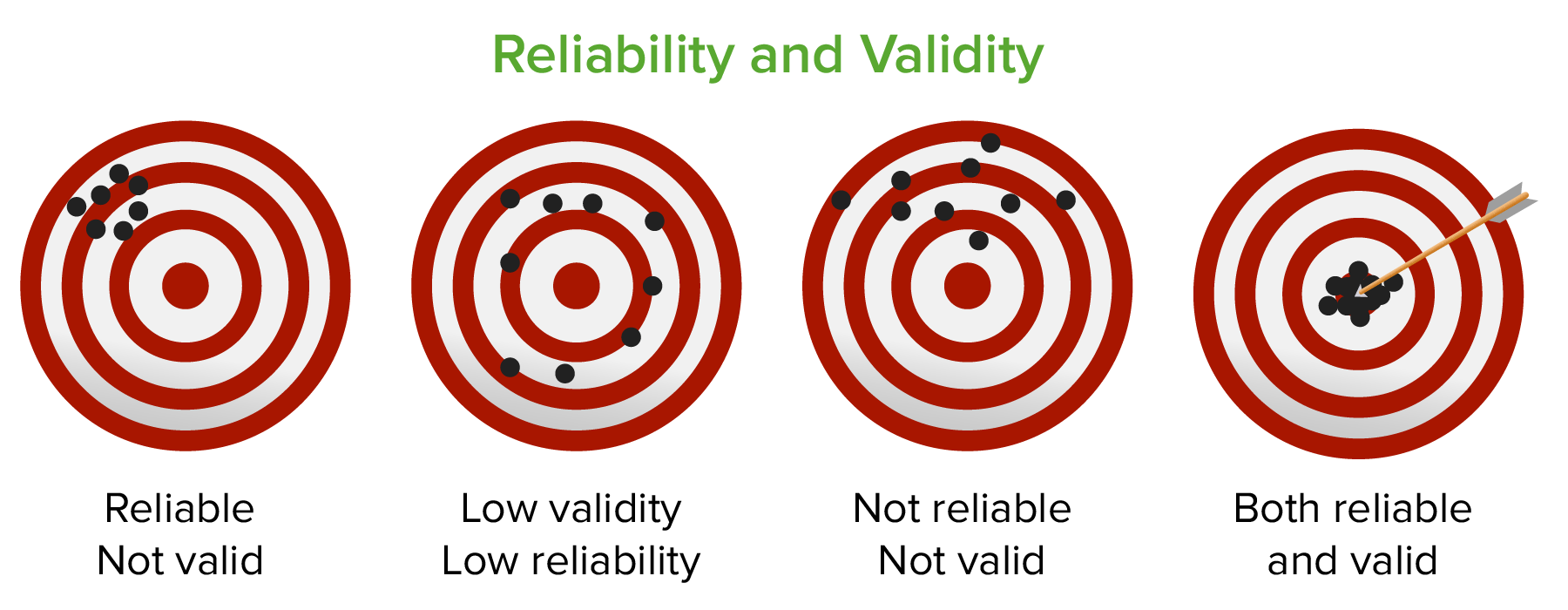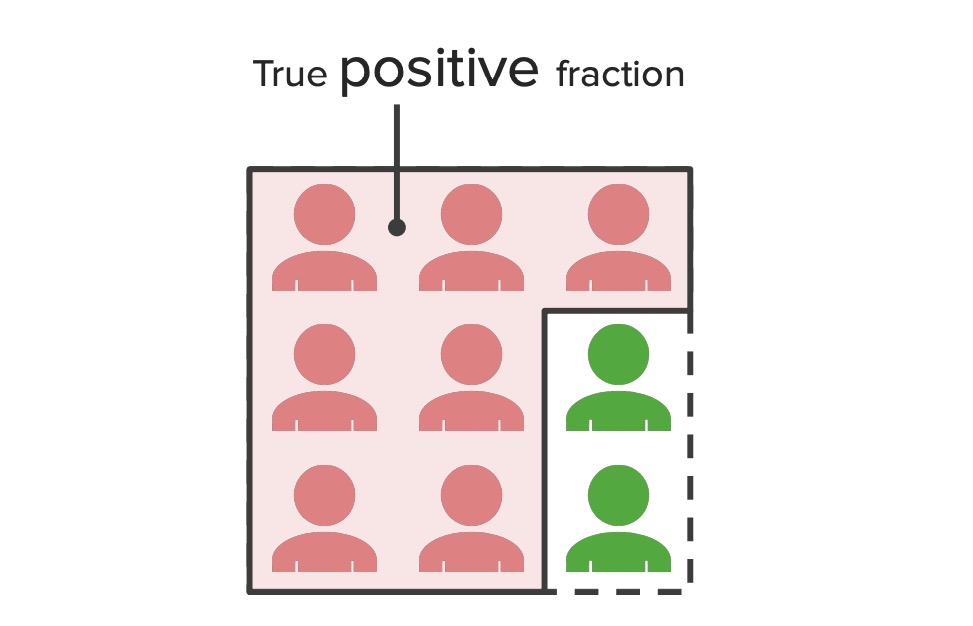Playlist
Show Playlist
Hide Playlist
Screening Tests: Introduction
-
Slides 14 ScreeningTests Epidemiology.pdf
-
Reference List Epidemiology and Biostatistics.pdf
-
Download Lecture Overview
00:00 Hello and welcome to epidemiology. Are you a medical student or a doctor or some other kind of clinician or maybe a health scientist of some kind? Either way you probably know that by the time a patient comes to see you and is showing symptoms, they've already have a disease state that has gone beyond a certain progression and it would have been nice probably to have been able to detect them before there is symptomatic. But how do you identify a potential patient before they're showing symptoms? That's why we have screening tests, you probably know about screening tests. Screening tests are things like taking people's blood pressures in the mall, or even digital rectal exams or Pap smears in the office. These are kinds of tests we do to identify people for a later investigation. So in this lecture we are going to learn some things about how to assess the qualities of screening tests, epidemiologically. 00:50 You're going to lo learn how to set up a contingency table, that's how we put our numbers together to compute the appropriate indicators for the quality of a screening test. You're going to be able to compute and interpret certain functions of a screening test, in particular, the sensitivity and specificity. You've probably already heard of those terms, probably from reading the descriptions of tests, like a pregnancy test on the side of the box, that has numbers relating to its sensitivity and specificity. You'll be able to compute and interpret the positive predictive value and the negative predictive value of a test. And also you will be able to compute and interpret this thing we called the likelihood ratio. 01:29 So screening tests are meant to identify individuals who are probably in the early stages of disease and that allows us to have an earlier intervention that we assume gives them a better chance of being cured or to improve their prognosis in some sense. Things that affect the ability of a screening test to be useful include, its potential to overdiagnose an issue, if you overdiagnose people, you're finding people who don't actually have the disease but you think they do and that causes some stress, that causes financial burdens on the healthcare system and so forth. Sometimes screening test can misdiagnose a situation and that's confusing for a lot of different reasons, sometimes a test itself could be painful or damaging, we don't like that, we try to avoid those situations. And sometimes the screen test doesn't offer any ability to help a patient, by which I mean, some diseases, there is no advantage to finding out if someone has it earlier, it doesn't change the prognosis any. Maybe you could argue that psychologically it's useful for a patient to know that they have a disease earlier rather than later, but functionally and practically, and from the perspective of public health officials, it's not that advantageous on a systematic level to do so. 02:42 An important point is that screening tests are not diagnostic tools, they are meant to identify individuals who are likely deserving of a deeper investigation. What kind of deeper investigation? A more invasive, probably expensive test. So that means that to compute the diagnostics of a screening test, we need some objective measurement of what constitutes truth or real disease status. A screening test give us a suspicion of disease status, we need another test, a more invasive, expensive and accurate test to confirm that suspicion. That's for the purposes of computing our diagnostics. On an everyday basis we don't do this, but keep in mind, if someone tests positive on a screening test, then they go for deeper investigation with a specialist probably. If they test negative, they go along their happy way never knowing anything more about that disease state until an opportunity arises again for them to be tested. This means that everything we know about screening tests are in study communities, research programs. Only in research programs or on studies do we know what happens to those who test negative, but in every day, those who test positive are followed up on. So let's think about how we follow up on certain positive tests. So a Pap smear is usually followed up with a biopsy. If you test positive on a Pap smear, there'll be a deeper investigation to determine if that positive test was real. If you test positive on a home pregnancy test, you think you're pregnant, you'll probably get an ultrasound to confirm that suspicion. If you test negative, you probably won't. If you had a digital rectal exam, you probably get a biopsy as well if you test positive on the DRE.
About the Lecture
The lecture Screening Tests: Introduction by Raywat Deonandan, PhD is from the course Screening Tests.
Included Quiz Questions
Which of the following statements best describes a good screening test?
- It does not overdiagnose people.
- It can predict the likelihood of having a disease in the future.
- It can detect a disease for which early intervention has shown no benefit.
- It can detect rare disorders or diseases.
- It can confirm the diagnosis of a disease.
Which of the following statements are correct?
- People with positive screening tests require further confirmatory testing.
- Screening tests are diagnostic tests and do not require further confirmatory tests.
- Detecting the disease in the early stages does not affect the outcome in most cases.
- Screening tests are helpful even in the late stages of the disease.
- A good screening test only becomes positive in the late stages of the disease.
Customer reviews
5,0 of 5 stars
| 5 Stars |
|
5 |
| 4 Stars |
|
0 |
| 3 Stars |
|
0 |
| 2 Stars |
|
0 |
| 1 Star |
|
0 |





